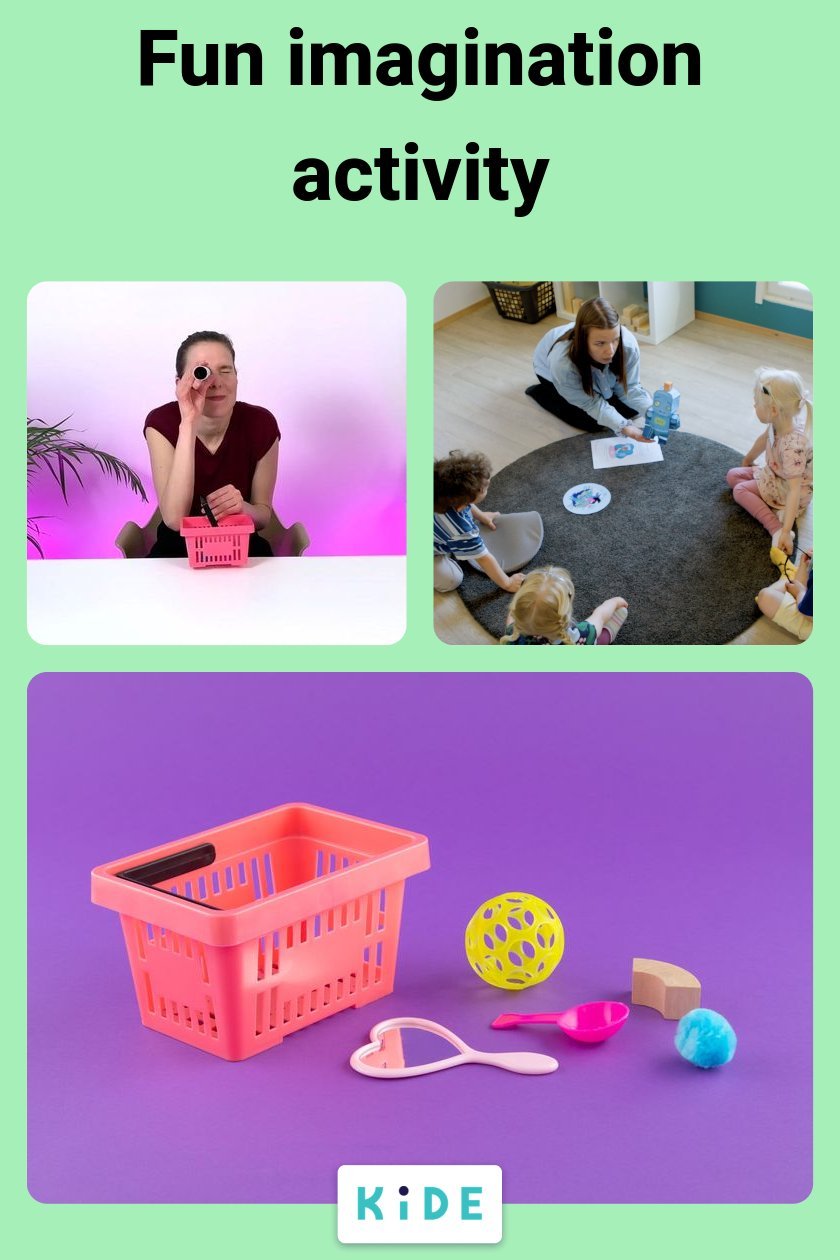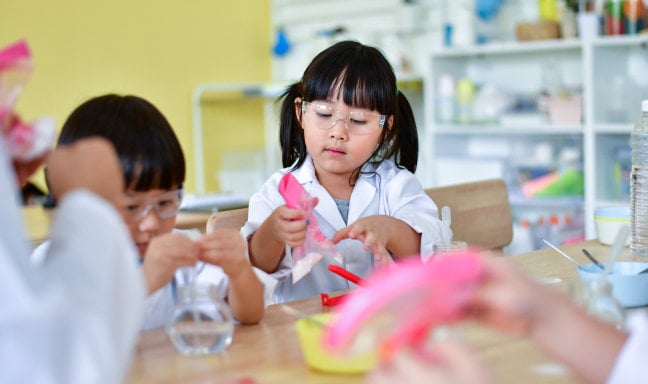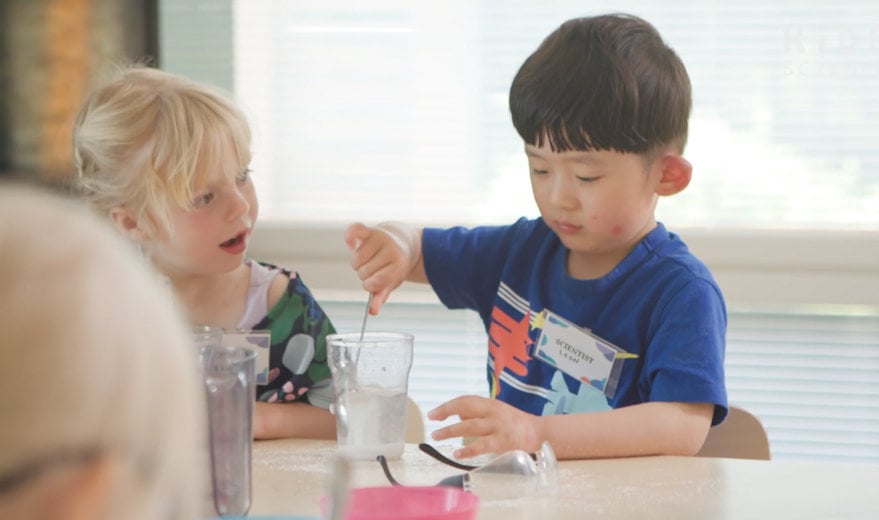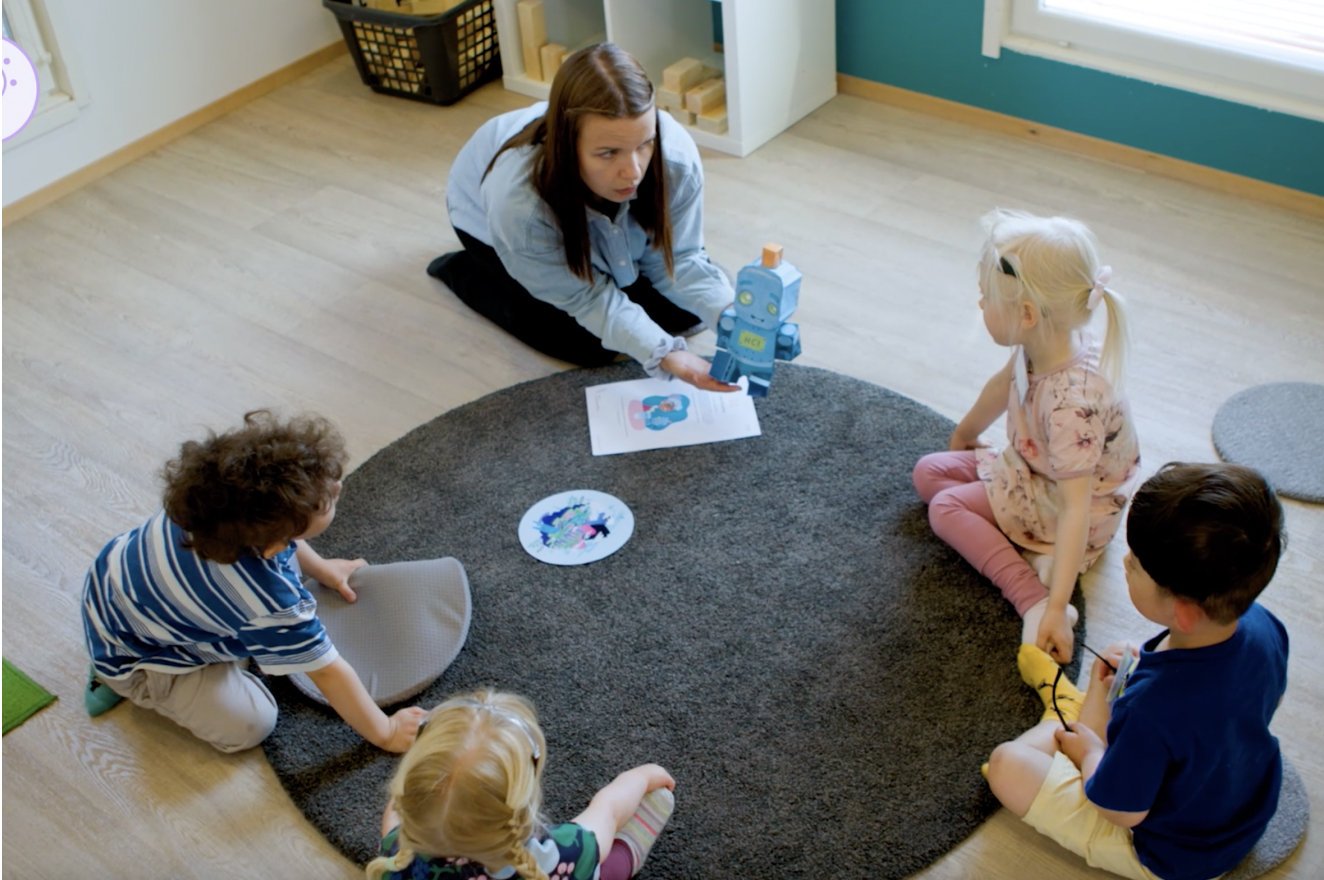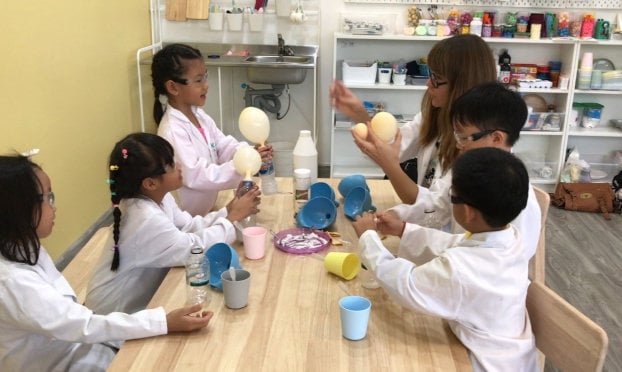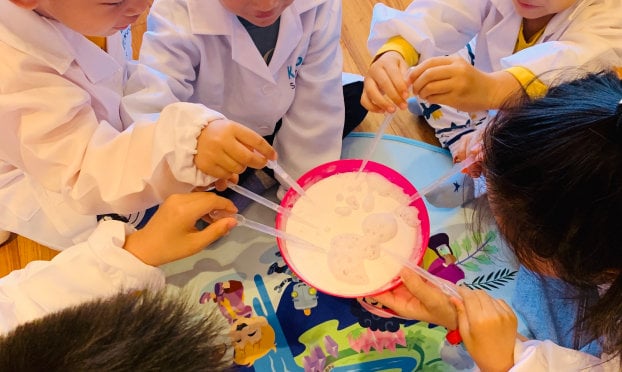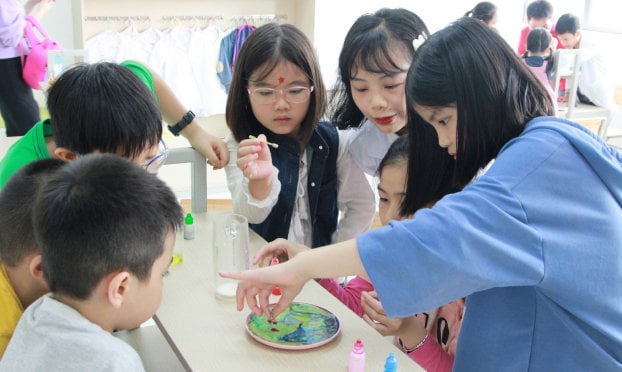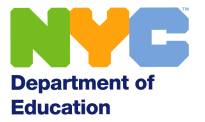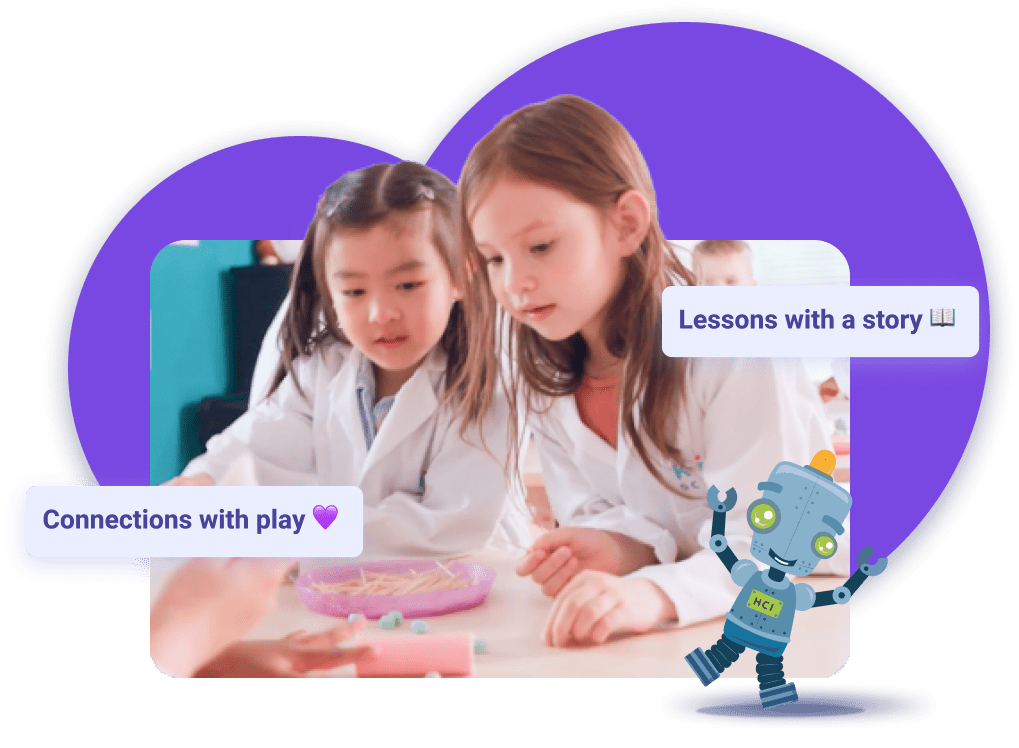Hello scientists! It’s me, Pi!
Shhhh… Hoseli and I are having an adventure in the most remote corner of the Secret Forest. It is a secret place full of treasures!
We have just one small obstacle between us and the treasure hunt – a large, snoring Lumpy Plumpy is sleeping in front of the treasures.
If the Lumpy Plumpy wakes up, he is usually starving and might eat all the treasures! Silly Lumpy Plumpy!

We need to save the treasures before the Lumpy Plumpy wakes up.
Could you, scientists, help us to gather the treasures according to the following clues:
“One treasure has a funny shape indeed, another is as hard as a stone. The third one, however, it’s tiny like a bead! Are these treasures to you now known? And one of the treasures can be anything; as long as you like it, to the pile it bring! Now, find one more treasure, my friend! That was the last one; now you’ve reached the end! Together, let’s look at this beautiful mound: how many treasures have we found?”
But remember, don’t wake the Lumpy Plumpy!
Excited about the treasure hunt, Pi

